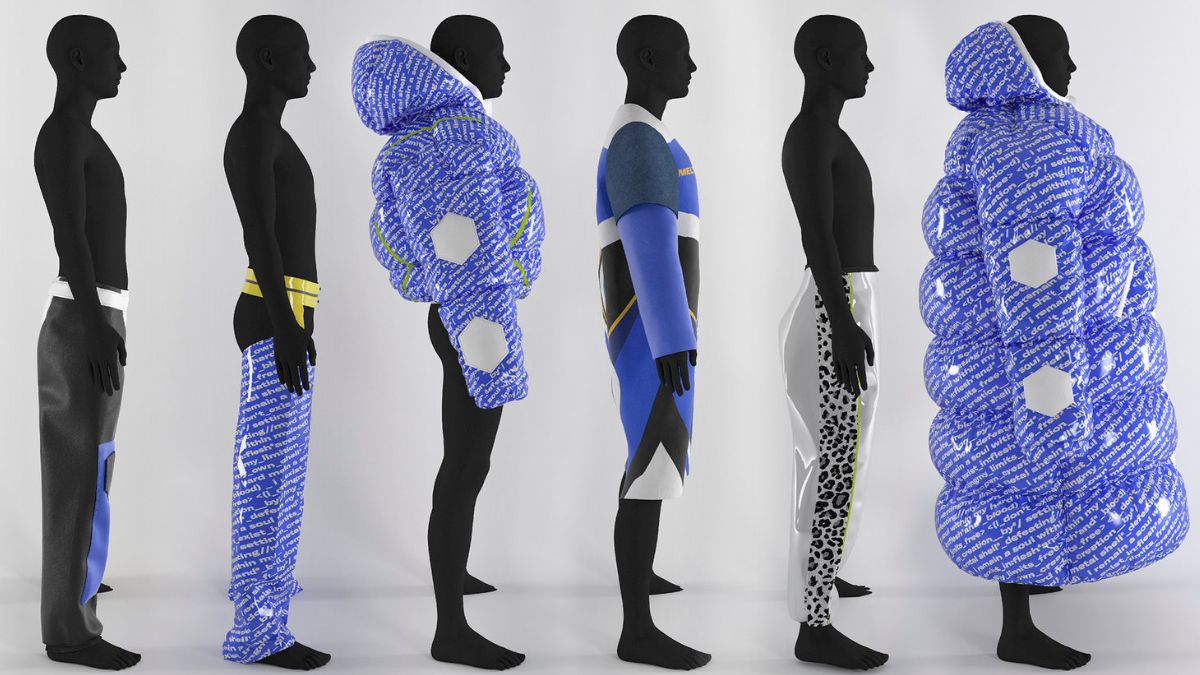In this blog post, we will explore the intersection of AI and fashion and how machine learning is revolutionizing design.
- Design Assistance
AI is changing the design process by providing designers with tools that can assist in creating designs more efficiently. Machine learning algorithms can analyze data and provide designers with suggestions for fabric choices, colors, and patterns. This can help designers to create more unique and innovative designs.
Additionally, AI-powered design assistants can help designers to quickly iterate on designs by suggesting changes based on customer feedback. This can help to reduce design time and improve the overall quality of the designs.
- Personalized Recommendations
AI is also changing the way fashion retailers make recommendations to customers. By analyzing customer data, AI can provide personalized recommendations for clothing and accessories that match the customer’s style and preferences. This can help retailers to increase sales and provide a better customer experience.
- Sustainable Production
AI is also playing a significant role in making fashion production more sustainable. With AI-powered algorithms, designers can predict consumer demand for certain styles and products, reducing the amount of waste generated by overproduction.
Additionally, AI can analyze the environmental impact of various production methods and provide suggestions for more sustainable options. This can help to reduce the environmental footprint of the fashion industry.
- Virtual Fitting Rooms
Virtual fitting rooms are becoming more popular with the help of AI. These virtual fitting rooms allow customers to try on clothing virtually, reducing the need for physical try-ons and returns. By using machine learning algorithms to analyze customer data, virtual fitting rooms can provide more accurate sizing recommendations, reducing the need for multiple sizes to be ordered and returned.
- Quality Control
AI is also revolutionizing quality control in the fashion industry. With machine learning algorithms, manufacturers can analyze product defects and identify the root causes of the defects. This can help to reduce waste and improve the overall quality of the products.
Additionally, AI can analyze product reviews and customer feedback to identify patterns and issues with the products. This can help manufacturers to quickly identify and address any issues, improving customer satisfaction.
top posters
Comments
Post a Comment